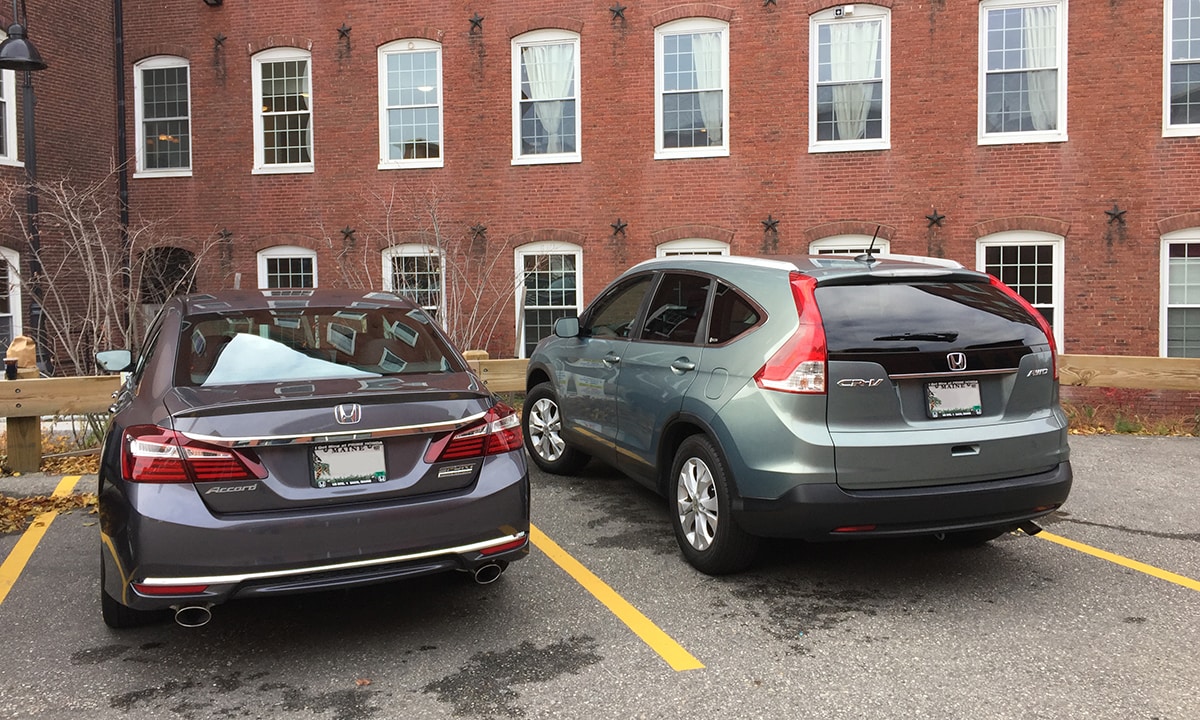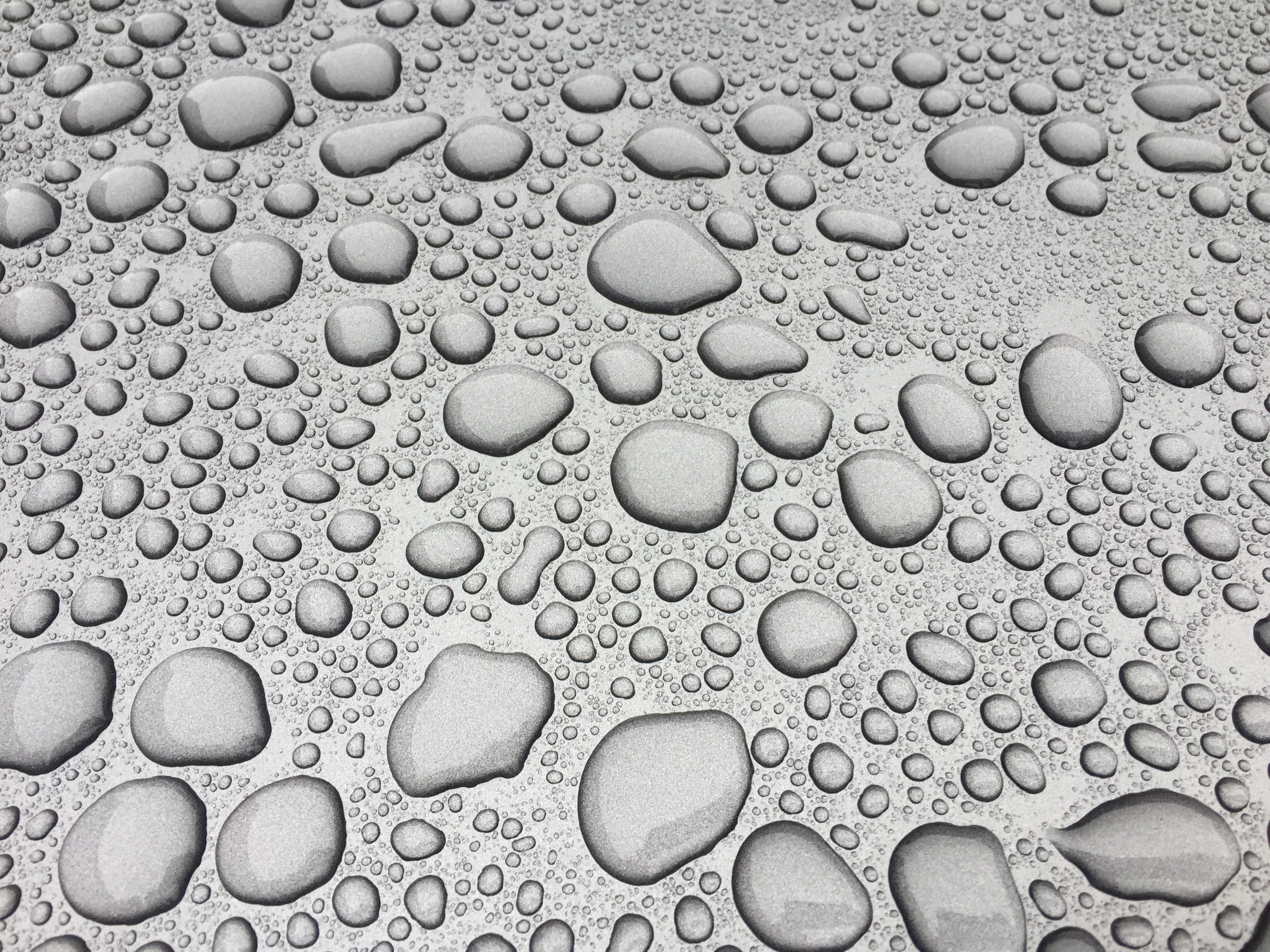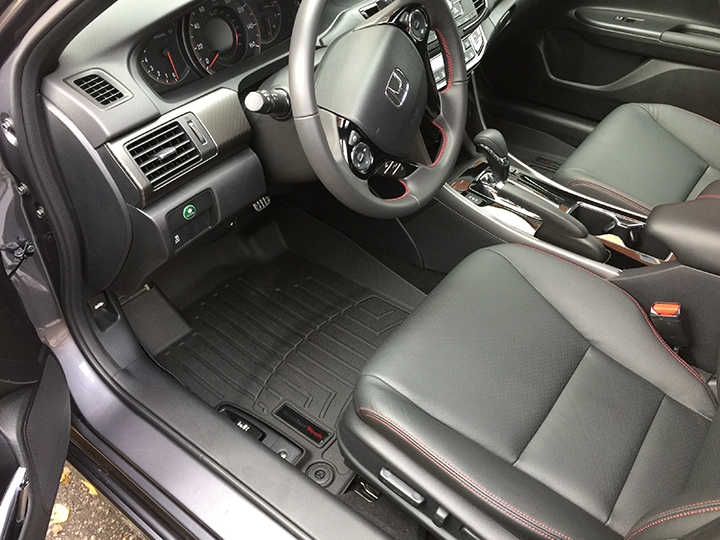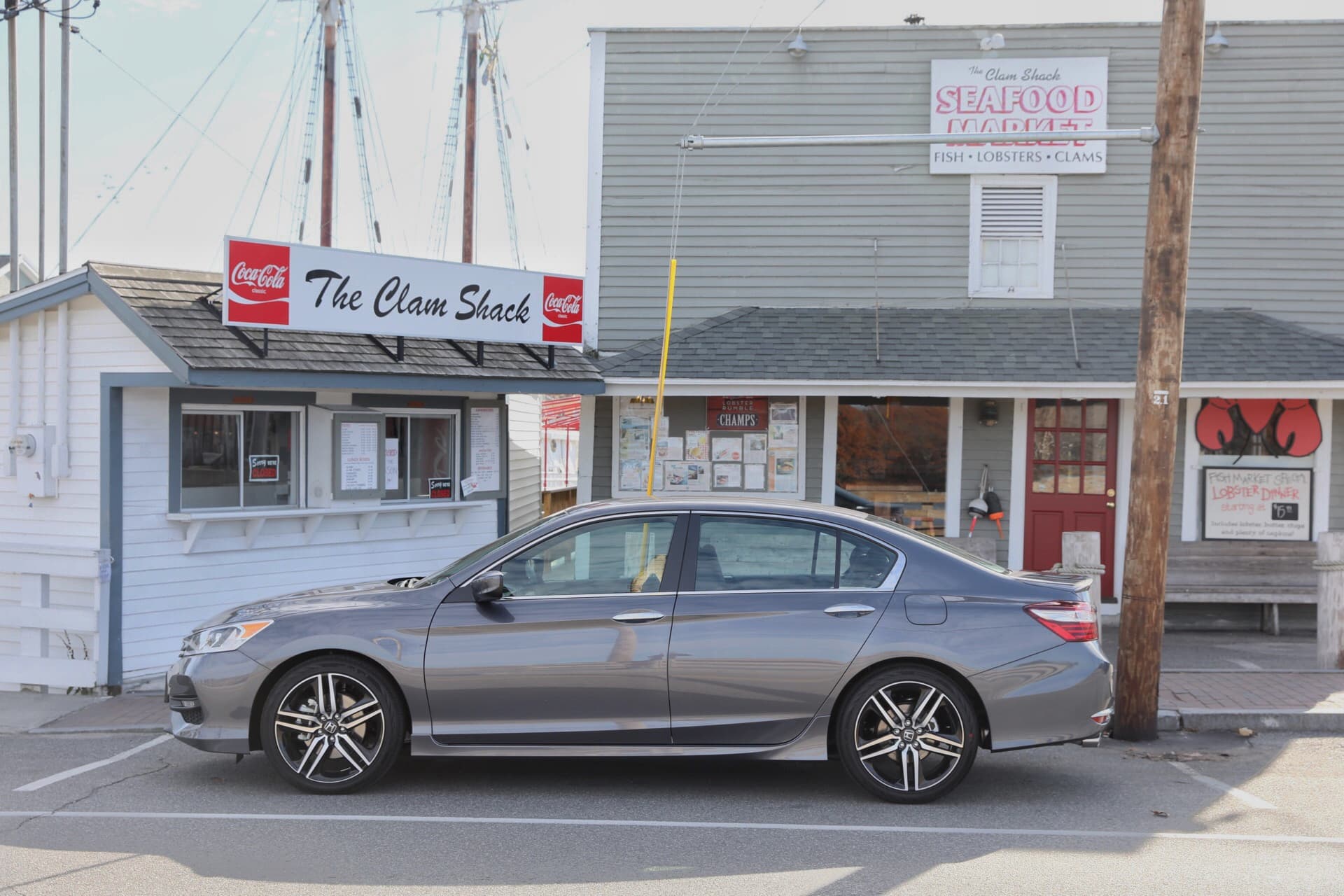Best New Car Care Tips | Maine Wedding Photographers
This post doesn’t directly relate to photography, sorry! However, as wedding photographers we need dependable transportation to get to and from wedding day assignments. Knowing how to make your new car last a good long time is something that should be of interest to everyone that’s ever has bought or will buy a new car. Here you’ll find the best new car care tips that are perfect for anyone buying a vehicle soon. Implementing these tips from the start, will make a difference in how long your new car will last and how much (or little) you will spend in keeping it in tip-top shape. Which, oh by the way, means it will be worth the most possible money when it comes time to trade or sell.
This post is written from first-hand experience and isn’t speculation. I had to look up NOTHING to write the facts presented here. I say this to add value to these best new car care tips as being real-world experience. And, to note, we have no affiliation in any way with any of the places or things we recommend here, other than as very satisfied consumers. Read on, we think you’ll find this interesting.
Let’s Start:
Can you tell which of these two Hondas is the brand new one? Hint: One of these cars has 100 miles on it, the other has 123,500 miles on it. One is 3 days old, the other is nearly 5 years old. Do you know? Are you sure?
It’s the CR-V on the right that is nearly five years old with almost 125,000 miles on it. You may have guessed solely on the fact that newer CRVs feature slightly different trim. Or that the Accord (on the left) had different trim in prior years. The point of all this is that the CR-V looks brand new, inside as well as out, because it has been very well-taken-care of, mechanically as well as cosmetically. Further, and more importantly, is that the following is a list of the maintenance and repairs that have been needed on the CR-V since it was purchased new:
LIST OF MAINTENANCE AND REPAIRS
2012 Honda CR-V
Current mileage: 124,200
Maintenance:
Oil changes and tire rotations every 5,000 miles, without fail
Suggested dealer services at key mileage intervals
Wear items:
Original tires replaces at 48,000 miles
Second replacement set of tires at 97,000 miles
Wiper blades replaced once
New battery at 67,000 miles
Nothing else!
Let me mention right here this vehicle is on the ORIGINAL SET OF BRAKE PADS and they have roughly 35% of their life still remaining! Yes, we do a lot of highway driving, which is a big part of this. But we also don’t accelerate just to have to jam on the brakes moments later. We plan ahead, and drive defensively and with the flow of traffic, all the time. Never too slow, never too fast.
Repairs needed:
None!
Appearance care
The CR-V is washed as often as practical, which in general means 2-3 times per week. Expensive? Anything but. We use our local Scrub-a-Dub car wash which offers monthly subscriptions for unlimited car washes for us at about the price of not much more than most people spend on ONE car wash. It’s just about the best deal on anything anywhere.
Immediately after each car wash the vehicle is vacuumed and wiped clean. The leather seats are a smart investment, as they clean easily and have a great appearance. A lot of work? It takes 4 or 5 minutes tops, as there is never any accumulation of dirt, trash, or mess. Keeping ahead of it is what it is all about. We pay special attention to wiping down the door sills and lower body areas, too.
And, oh yes. We just love Weather Tech floor liners. They are laser-measured to every unique vehicle and indeed fit like a glove. See #6, below.
OK, so you want to know the full recipe of the best new car care tips so YOUR new car can last and last for well over 100,000 miles with little to no extraordinary repair cost? Here’s our list:
THE BEST NEW CAR CARE TIPS:
1. Buy a brand well-known for durability and dependability
For us, it’s Honda. Others swear by Toyota or Subaru. There are others, too, so don’t consider this list the be-all and end-all, but it’s a great place to start. Honda’s track record speaks for itself, in our estimation. Oh, by the way, these top-reliability brands are often the very same ones that enjoy the highest resale values, too.
2. Change the oil every 5,000 miles…
…and do this religiously. Or change it at 3 months, whichever comes first. Spring for full-synthetic oil, too. The protection of the best synthetic oils is unprecedented. When you’re having the oil changed, of course get a new filter every time, it’s also the perfect time for tire rotation. Even if the owner’s manual says to go longer, stick to 5,000 miles for oil changes!
3. Follow the manufacturer’s recommended additional maintenance instructions
This will address other fluids and filters and other needed inspections. A few hundred dollars of upkeep now will likely avoids thousands in downstream repairs, not to mention the inconvenience of being without your vehicle while repairs are made. The best place to have this done is the dealership where you purchased the car, or at least at another official location of the vehicle’s manufacturer.
4. Wash often, inside and out
We’re fortunate that we live very close to the aforementioned Scrub-a-Dub car wash. With their monthly unlimited subscription plans, starting as low as under $15 per month, you can have your car washed as often as you wish. Every day, twice a day if you wish. We opt for the under $25 per month plan so we can add undercarriage washing with each visit. In our northern climates it is really important to flush out salt from the wheels, wheel wells, and undercarriage as often as possible. I used to feel and fear that the automated car washes that use rotating rags and brushes would scratch the paint on vehicles. After hundreds of passes through our Scrub-a-Dub car wash, I can see no scratching whatsoever.
5. Apply a high grade wax or synthetic wax
at least once a year, if not once a season to the car’s body. Below is what things look like when water falls on a freshly-waxed horizontal surface. I love Meguires Ultimate Liquid Wax [Pure Synthetic Polymer] for its durability as well as ease of application. It’s about $20 at auto parts stores or Walmart. Little known random fact: this is a COLOR photo 🙂 It was a rainy-gray day and it’s taken the metallic gray paint of the Accord. When applying the wax, be especially careful to get a solid coat along the car’s lower half, below the belt line, as this is where the sand and salt of winter batter the car the most.
When the beading stops, it’s time for a new application. Done frequently, this is not an arduous task at all. I fully waxed two vehicles recently on a warm November day, the Accord and the CR-V, in about 90 minutes total.
6. Buy WeatherTech floor liners!
Here they are fitting perfectly in our Accord. The driver’s side uses the factory locking tabs to keep the mat firmly in place.
Even in the worst Maine weather with snowy and salty footwear, the mats snap out and rinse off in a split second, and the original carpets underneath stay both new and more importantly, totally dry. Check them out on line here.
7. Brake gently, when you can!
Of course there will always be the possibility that emergency braking will be necessary, which is all the more reason you want great brake pads. Keeping the brake pads good for a very long time can be helped dramatically by gauging your in-town traffic driving to ensure you don’t needlessly accelerate only to have to soon after jam on the brakes. Not to mention how this helps your fuel economy.
8. Keep a fuel mileage log
The last, but not the least of our best new car care tips! I consider fuel mileage to be like taking one’s blood pressure. When things are all well with your engine it will return optimum fuel mileage; and conversely if something is going wrong it will likely be reflected in a pattern of decreased mileage. In any case, keeping track is easy, something a spreadsheet is really great at doing.
At each fill up (filling it up each time is a pre-requisite for this monitoring to work correctly) note the vehicle mileage on your receipt. Later, back home at your computer, make a spreadsheet entry with the date, the mileage, and the number of gallons it took to fill up. (For the fun of it, I also track the cost per gallon and the total purchase cost in this same spreadsheet.) The spreadsheet can then be easily set up to divide the miles driven since last fill up by the number of gallons added to fill up. You can also have the spreadsheet do some date-based calculations to show you how many miles per day you drive, on average. It’s fun, free assuming you already have the applications needed to do this, and it can be very informative relative to your vehicle’s health.
Those are the best new car care tips, in a nutshell.
With the possible exception of the fuel mileage log, I consider these items as all being required. Not only do you not want to leave one off, there is also no reason to not do any one of these things. Remember that none take a long time when done regularly. The small investments now in terms of time and maintenance will pay off big as your vehicle continues to be like new and serve you like new well into six-digit odometer readings.
Here’s one more photo of our new Accord, which we look forward to many trouble-free years of enjoyment and service, because of course, we’re using our best new car care tips on this car, as we have with our CR-V, too!
In case you need an idea where to start: We have had nothing but top-notch service and customer service from Prime Honda in Saco, Maine. Ask for Rich Crowell and tell him Russell Caron sent you!


